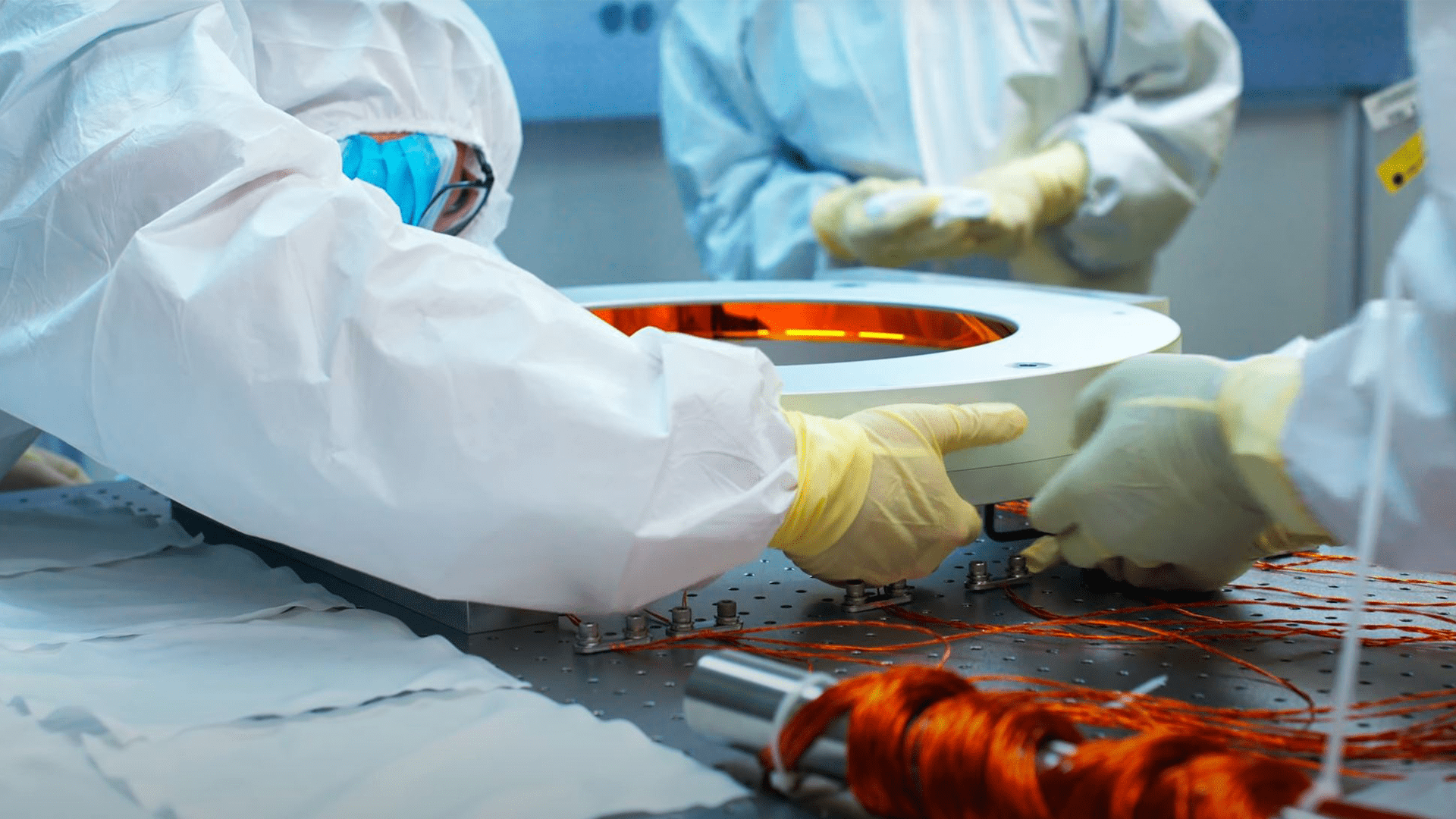
The Laser Interferometer Gravitational-Wave Observatory, commonly known as LIGO, stands as one of the most advanced scientific tools for detecting gravitational waves. Spanning an impressive 16 square kilometers, it ranks among the largest research facilities in the world.
Yet, despite its formidable capabilities, there are barriers that prevent LIGO from reaching its optimal performance.
Currently, the facility’s laser operates at an initial power of 200 Watts, and with maximum enhancement, it can reach up to 750 kilowatts. However, experts believe that to achieve the desired outcomes, LIGO’s laser power must exceed the one-megawatt threshold.
“Enhancing quantum-noise-limited sensitivity to spacetime strain depends on exceeding 1 MW of circulating laser power, alongside highly squeezed quantum states of light,” according to a recent study published.
Until recently, there were no viable solutions to achieve this goal, but an innovative study introduces a prototype optical device that could enhance LIGO’s laser capabilities to unprecedented levels. “Our findings demonstrate the potential of new adaptive optical technology to broaden the detection range of gravitational-wave observatories,” the researchers state.
How Does the Optical Instrument Function?
This novel prototype utilizes groundbreaking non-imaging optical principles that have not been previously harnessed for gravitational wave detection.
Non-imaging optical techniques manipulate light without generating a conventional image, as seen with lenses or mirrors in cameras and telescopes. Instead, they focus on controlling light’s distribution, beam shape, or energy transfer without visual resolution.
The researchers’ instrument employs these advanced methods to make precise optical adjustments directly to LIGO’s primary mirrors. It is positioned merely a few centimeters from the surface of each mirror, projecting ultra-low-noise infrared radiation to enhance overall performance.
To evaluate the performance of their instrument, the researchers conducted simulations for LIGO A+, the next-generation upgrade of LIGO. They modeled the system operating with a 125-watt laser combined with a specific quantum noise reduction technique at a level of 9 dB.
The results indicated that this cutting-edge technology could reduce background noise in the detector by as much as 20% in the frequency range of 200 Hz to 5 kHz. This advancement means LIGO could detect gravitational waves from merging neutron stars located approximately 4 megaparsecs (around 13 million light-years) further away than previously possible.
The New Approach Extends Beyond LIGO
In the United States, plans are underway to develop a gravitational wave detector ten times larger than LIGO. This ambitious project, named the Cosmic Explorer, is anticipated to become operational in the 2030s.
Spanning 40×40 km, this facility aims to uncover insights into the universe’s early state, tracing back to moments before the first stars were believed to have formed, when the universe was only about 0.1% of its current 14-billion-year existence, according to the study’s authors noted.
However, like LIGO, the Cosmic Explorer will require significantly more powerful lasers. This is where the newly proposed optical technology could prove invaluable.
It holds the potential to furnish the Cosmic Explorer with the necessary laser power to delve deeper into the universe’s enigmas.
Besides facilitating the detection of gravitational waves, this research is poised to address profound questions in physics and cosmology, including the rate of the universe’s expansion and the fundamental nature of black holes,” the study’s authors elaborated.
The research is available in the journal Physical Review Letters.









